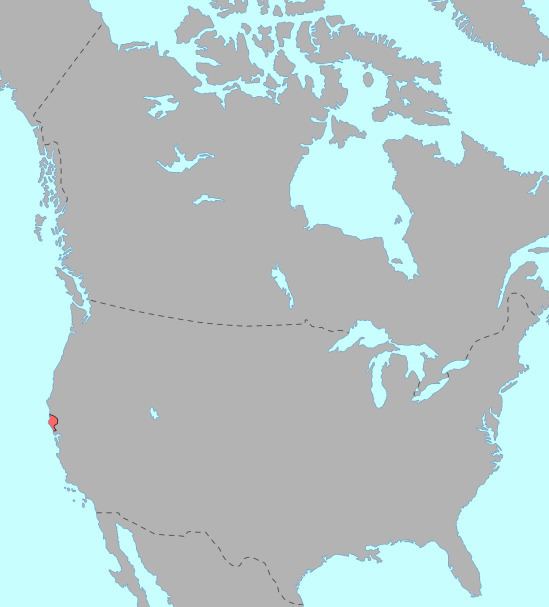Ethnicity Pomo people | Glottolog pomo1273 | |
 | ||
The Pomoan, or Pomo /ˈpoʊmoʊ/, languages are a small family of Native Californian languages spoken by the Pomo people who formerly occupied the valley of the Russian River and the Clear Lake basin. The Pomoan languages are severely endangered – with the exception of Kashaya, which had few dozen speakers in the 1990s, they are spoken by only a handful of elderly people. Northern Pomo and Northeastern Pomo are without known speakers and presumed to be extinct.
Contents
Geographical distribution
John Wesley Powell, who was the first to define the extent of the family, noted that its boundaries were the Pacific Ocean to the west, Wintuan territory in the Sacramento Valley to the east, the head of the Russian River to the north, and Bodega Head and present-day Santa Rosa to the south (Powell 1891:87-88). Only Northeastern Pomo was not contiguous with the other Pomoan languages, being separated by an intervening region of Wintuan speakers.
Internal relationships of languages
Pomoan is a family of seven languages. Their relationship to one another was first formally recognized by John Wesley Powell, who proposed that they be called the "Kulanapan Family" (Powell 1891). Like many of Powell's obscure nomenclatural proposals, particularly for California languages, "Kulanapan" was ignored. In its place, Pomo, the term used by Indians and Whites alike for Northern Pomo was arbitrarily extended to include the rest of the family. It was thus as "Pomo" that all seven languages were first systematically identified by Samuel Barrett (1908). To avoid complications, Barrett named each of the Pomoan languages according to its geographic position ("Northern Pomo," "Southeastern Pomo," etc.). This naming convention quickly gained wide acceptance and is still in general use, except for the substitution of "Kashaya" for Barrett's "Southwestern Pomo". Regrettably, however, Barrett's geographical language names often lead those unfamiliar with the Pomoan languages to the misconception that they are dialects of a single "Pomo" language.
Various genetic subgroupings of the family have been proposed, although the general outlines have remained fairly consistent. The current consensus view (cf. Mithun 1999) favors the tree presented in Oswalt (1964), shown below. (Major branches are in bold and dialects of individual languages are in italics, subgroupings in small caps):
Southeastern Pomo Lower Lake, Sulphur BankEastern Pomo: Upper Lake, Big ValleyNortheastern PomoWestern BranchNorthern Pomo: Potter Valley, Guidiville, PinolevilleSouthern GroupCentral Pomo: Hopland = Shanel, Yokaya, Point Arena-ManchesterSouthern Pomo: West Creek, SalmonholeKashaya = Kashia = Southwestern PomoEssentially identical versions of this classifications are presented in Oswalt and McLendon's "Introduction" to the Pomo chapters in Heizer, ed. (1978) and in Campbell (1997). The most important dissenter was Abraham M. Halpern, one of the few linguists since Barrett's time to collect comparative data on all of the Pomoan languages. Halpern's classification differed from Oswalt's mainly in the placement of Northeastern Pomo. Instead of considering it an independent branch of the family, Halpern grouped it with the languages of Oswalt's "Western" branch, suggesting the possibility that Northeastern Pomo represents a recent migration of a Northern Pomo subgroup (Halpern 1964; Golla 2011:106-7).
